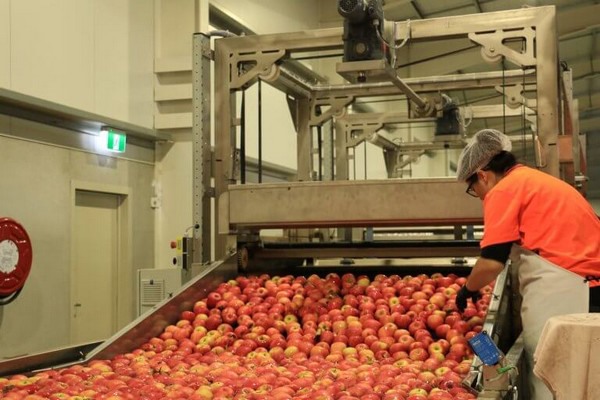Growers and packers focus on food safety management individually because every packhouse system is different.
Flexibility in ensuring food safety through the application of practices within the context of business operations is important. To prevent contamination and maintain low contamination rates on fruit if foodborne pathogens enter packhouses, the crucial food safety controls of wash water sanitation, equipment cleaning, and personal hygiene must work every time. Appropriate control systems and their application in practice determine food safety outputs.
In these challenging times hygiene controls have become front and centre of our thinking, as they should. This has presented an opportunity for all tiers of a business to better understand the role food safety controls play in business sustainability and job security.
Food safety management is complex. Long and intricate supply chains and new product development combined with emerging pathogens and a seasonal workforce are surrounded by a consumer base seeking greater transparency and ethical stewardship.

Are your food safety controls and their management effective?
A packhouse diagnostic indicator tool, recently developed, provides a snapshot of strengths and weaknesses in food safety management, and, identifies where improvements can be made to strengthen your organisation’s food safety system. Using the diagnostic tool quality assurance staff can measure system performance, providing evidence of effective actions, awareness of shortcomings and potential risks, and a benchmark for continual improvements. This builds food safety management capacity by raising risk awareness and therefore strengthening the food safety culture.
To underpin the accuracy of the tool and inform further development of risk assessment tools for pome fruit, we are gathering additional data on the effects of different orchard and packhouse practices on microbial risk levels through a quick anonymous self-assessment survey.
We need to know what works best to control the foodborne pathogens Listeria monocytogenes, Salmonella and E. coli O157:H7 in packhouses. Completing the survey will help us understand the relationship between controls used by industry and microbial food safety outputs.
Be part of a safer and sustainable horticulture industry
The survey asks 24 short questions about your current food safety control activities, microbial testing, and food safety performance indicators in the context of organisation and supply chain characteristics. It will only take 10 minutes to complete the survey and you will be helping inform a microbial model to assess and quantify risk through the apple supply chain.
To manage and mitigate microbial risks we must understand where they come from, how significant they are and what the optimum practices are for their control. Results of the survey feed into the diagnostic tool which in turn will allow the risk assessment model to address the risk factors in a working environment.
'Please complete the survey now to ensure apple food safety into the future.'
For any queries contact elizabeth.frankish@utas.edu.au
